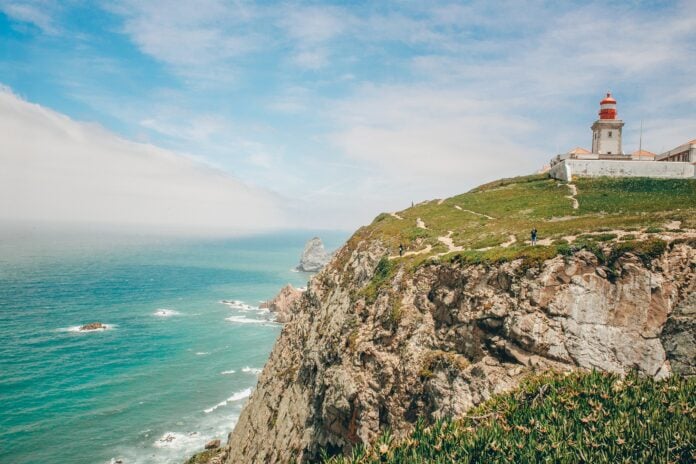One of my favorite poems is Dylan Thomas’ “Do not go gentle into that good night” and there’s one particular line that always makes me think of lighthouses – “rage against the dying of the light.” There is something almost magical about lighthouses with their incessant lights beaming towards the seemingly infinite ocean ahead.
Well, it so happens that Portugal has almost 1800 kilometers of coastline, nearly 1000 of those on the mainland, so lighthouses are not too hard to find.
This got me thinking, after hearing about the mythical Nacional 2, how it would be really cool to drive from Viana do Castelo all the way up North to the legendary Cape St. Vincent, the southwesternmost point in mainland Europe, before ending the trip at Vila Real de Santo António, a stone throw away from Spain.
Did that sound intriguing? What if I told you, as you might have already figured out, that this whole road trip also takes you along Portugal’s best beaches? That ought to make you excited, right? Especially if you’re into surf and water sports since Portugal has some of the best conditions for those. So let’s dive in, we have a long journey ahead. A journey that will take us through ten of Portugal’s districts and leave us craving for more.
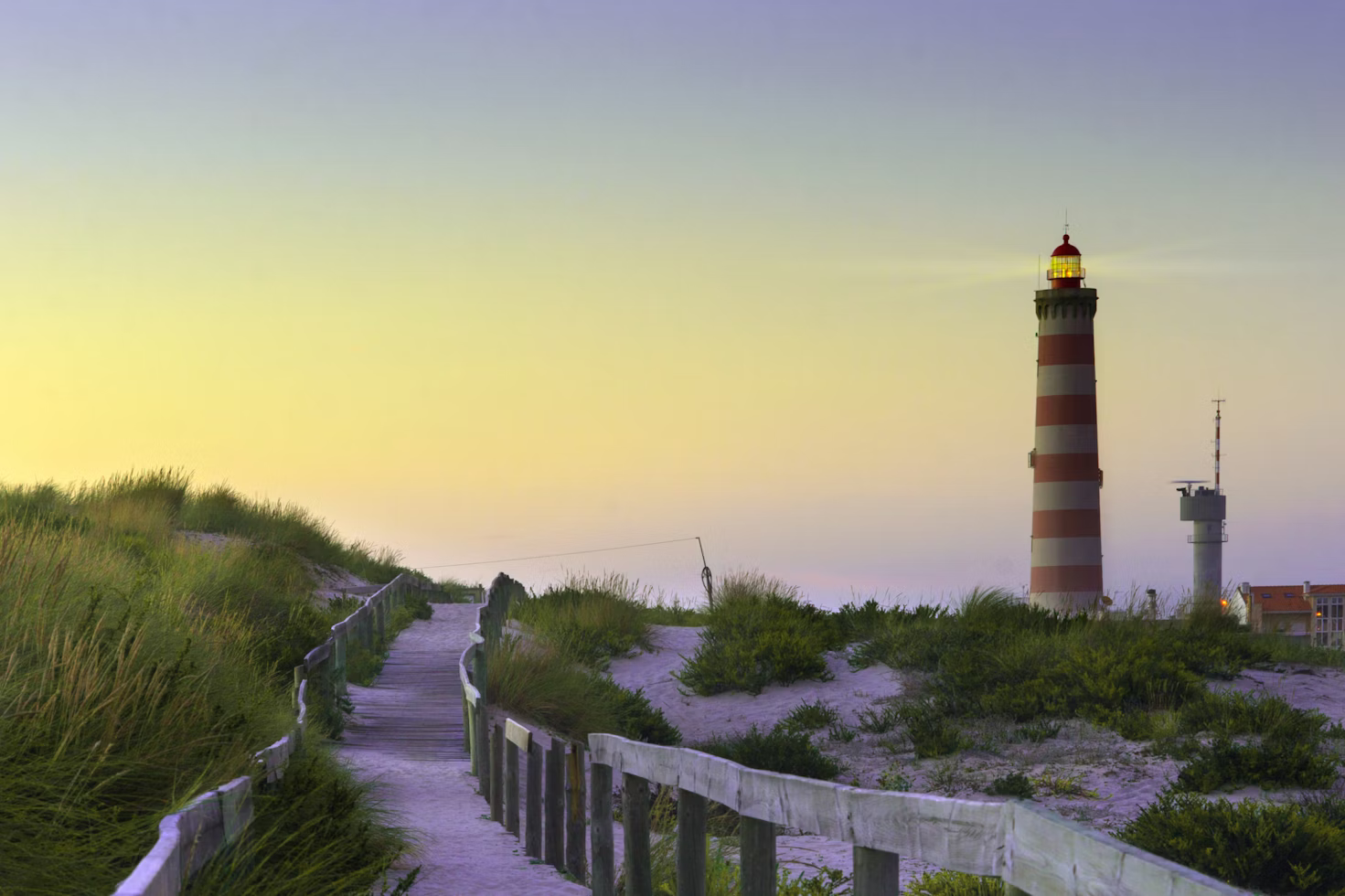
LIGHT… HOUSE?
First things first. What is, after all, a lighthouse? Is it just a spot along the coast with a light pointed toward the sea? Well, it is that, but not only that. A lighthouse is a clearly visible elevated structure on top of which a light is placed to aid navigation. It essentially consists of the building (the “house” in “lighthouse”), the light source, and the optical apparatus.
Lighthouses are placed on coasts, islands, shallows, etc., and sometimes they’re even mounted on special boats so that they are a visible mark at sea. The characteristics of a lighthouse are its color, character, period and phases, light intensity, and range. By day, the shape and color of the lighthouse building serve as recognition, and by night, the characteristics of the light.
So, no, contrary to popular belief, lighthouses aren’t just useful at night. Sure, it serves to guide navigators by light at night, but it also serves to guide them by the body of the building by day. Navigators can usually tell where they are by recognizing the distinct shape of the lighthouse ahead, which is why lighthouses tend not to have similar designs.
A BIT OF HISTORY
The first references to the use of bonfires kept at conspicuous points or in towers by fishing communities for the reference of navigators, and later by religious brotherhoods, date back to the beginning of the 16th century.
In Portugal, the first structure to be classified as a lighthouse was ordered to be erected in 1528 at the mouth of the River Douro by Bishop Miguel da Silva, at São Miguel o Anjo. Next to the site where, until 2008, the Cantareira lighthouse was in operation.
There are also references to a lighthouse erected by the Bishop of the Algarve, D. Fernando Coutinho, in the convent of São Vicente, sometime between 1515 and 1520, and that, in 1537, the friars of the Brotherhood of Nossa Senhora da Guia de Cascais built a tower to serve as a lighthouse.
However, it wasn’t until February 1, 1758, when the Marquis of Pombal issued a decree, that the lighthouse service became an official organization, entrusted to the Board of Trade, following which the construction of lighthouses was ordered, the first of which was Nossa Senhora da Luz in 1761.
Since then, responsibility for the operation and maintenance of the structures has passed through various entities until, in 1892, it was finally assigned to the Ministry of the Navy and Overseas Territories, which is part of the Ministry of Defense nowadays.
OUR JOURNEY BEGINS
Just a heads up before we turn on the ignition. Portugal has 56 lighthouses scattered along the coast, 30 of them on its mainland. Some are imponent buildings, others are simple structures. But, in this article, we’ll focus on the fourteen lighthouses in mainland Portugal that are open for visits.
Before you visit them, make sure to check their websites because there are different operation times depending on the season and they might be going through renovations.
Finally, this road trip has the particularity of allowing you to choose which roads to take. You can drive along the highway from Viana do Castelo to Lisbon and for most of the Algarve coastline. But, if you have the time and feel like exploring other locations during your trip, I highly recommend that you take the more scenic routes along the coast.
MONTEDOR LIGHTHOUSE
We start our journey at a centennial lighthouse. In fact, it was built in 1910, the same year Portugal became a republic. In civil architecture, the lighthouse has a U-shaped plan with the entrance facing north and the tower in the center. The building is made of stonework and wedges of split stonework, ending in a double frieze.
This lighthouse is located in Viana do Castelo, one of the most beautiful cities in the north of Portugal. Its participation in the Portuguese Discoveries and, later, in cod fishing shows its traditional connection to the sea, so it was always an obvious spot to build a lighthouse.
Viana do Castelo is also considered a “Mecca of Architecture” thanks to the many important names in contemporary Portuguese architecture who have designed the city’s facilities and spaces. From the hill of Santa Luzia, you can see the privileged geographical location of the city, next to the sea and the mouth of the River Lima. This breathtaking view and the Temple of the Sacred Heart of Jesus, a revivalist building by Ventura Terra from 1898, can be the starting point for visiting the city.
BOA NOVA LIGHTHOUSE
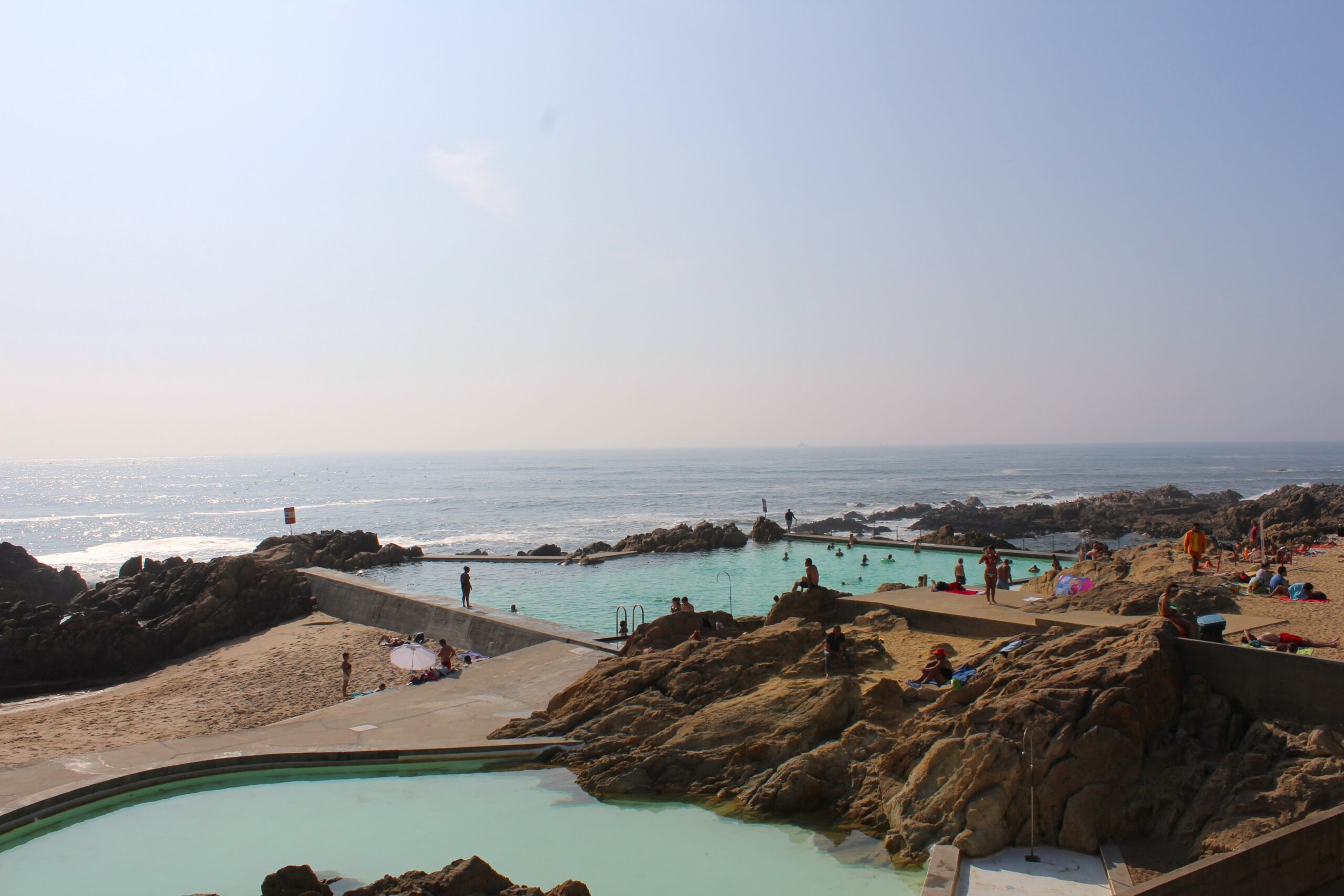
You might feel drawn to Porto, but let me make a case for Leça da Palmeira. And I’ll start with its lighthouse. The Boa Nova Lighthouse, or Leça Lighthouse, is a white conical tower 46 meters high and 57 meters above sea level, inaugurated in 1927. It has an annex building housing a museum with a collection related to lighthouses that is well worth a visit.
Leça da Palmeira is a working-class city, intrinsically linked with some of the most important industries in the country. Up until recently, it was home to the largest oil refinery in Portugal, it is right next to Matosinhos which is home to one of the most important ports in the country, and it holds a long fishing tradition.
As a result of being a city born around its rich sea and fertile land, traditions are divided between activities linked to the ocean and those linked to agriculture. In preserving and disseminating these traditions, we should highlight the work carried out by the Rancho Típico da Amorosa, which is recognized worldwide and has toured many countries.
Leça da Palmeira is well-known for the Boa Nova Tea House and the Marés Swimming Pool, both works by the illustrious architect from Matosinhos, Siza Vieira, and both national monuments. But if you’ve brought your surfing board, you’re in for a treat. With a long stretch of sand bathed by the sea with strong waves, the Leça da Palmeira beach offers excellent conditions for surfing, bodyboarding, and kitesurfing, especially at its northern end, where it borders the Aterro beach.
BARRA LIGHTHOUSE
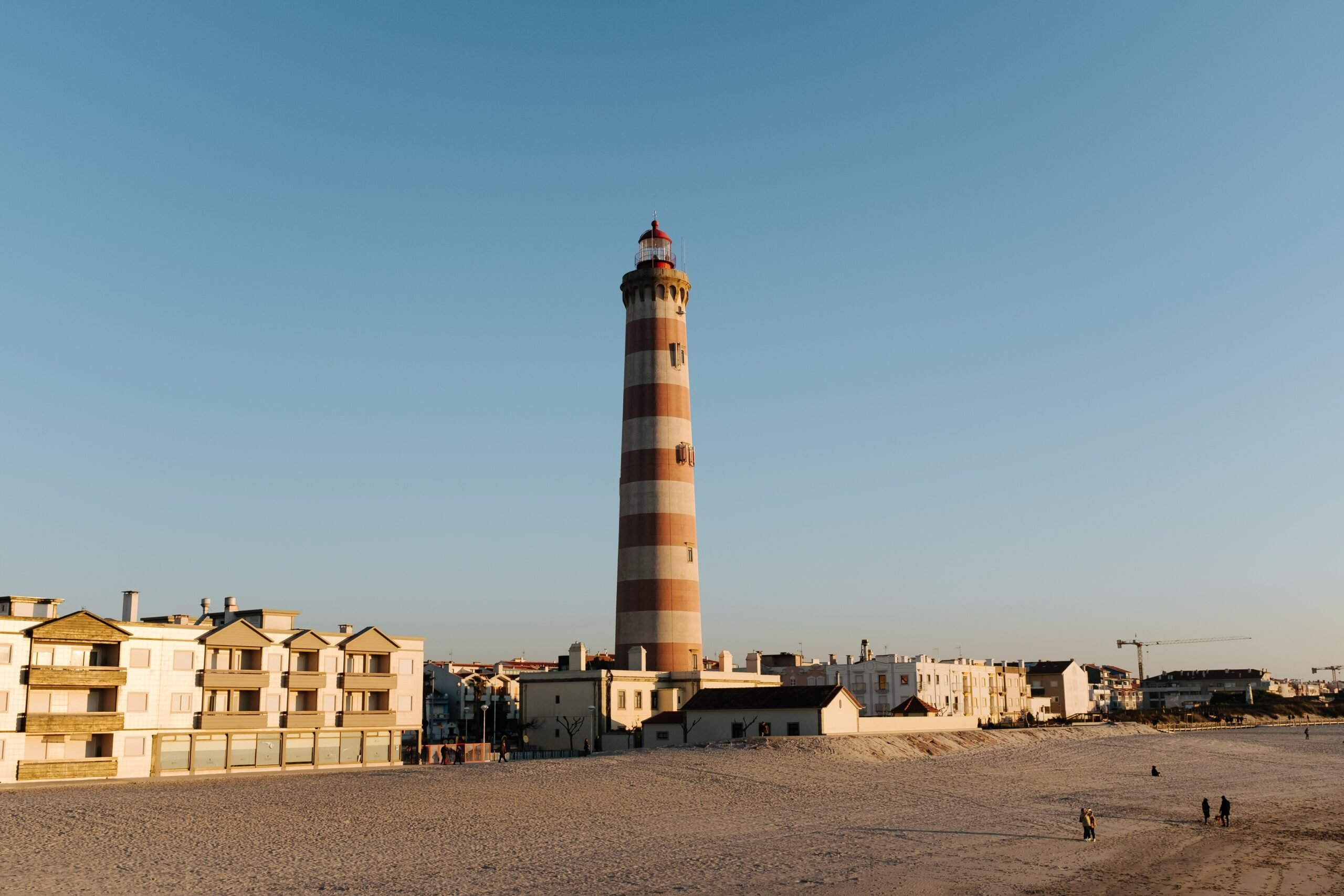
Leaving the Porto district behind, you start to feel a bit itchy to visit a large city. Well, welcome to Aveiro, also known as “Portugal’s Venice”. And it’s very easy to understand why as soon as you start walking through the city’s downtown with its quaint canals where the traditional moliceiros glide through the calm waters.
The Barra Lighthouse is the largest lighthouse on the Portuguese coast and the second largest on the Iberian Peninsula. It was built in the 19th century, electrified in 1936, and automated in 1990. From the top of the lighthouse, you can enjoy an excellent view over the beaches of Ílhavo and the surrounding coastline.
But canals are not the only highlight when you visit Aveiro. The pastel-colored Art Nouveau buildings are iconic and there are few places more Instagrammable in Portugal. One of those just happens to be the contrasting colorful Costa Nova beach houses, with their iconic, stripped façades, they delight any visitor.
While you’re in town, make sure you visit the famous fish market, home to some of Aveiro’s best seafood restaurants. Nearby you’ll find numerous restaurants and a wide range of stores and bars. Choose one of the traditional cafés as you stroll around the city and taste the divine ovos moles, which are the district’s specialty dessert.
CAPE MONDEGO LIGHTHOUSE
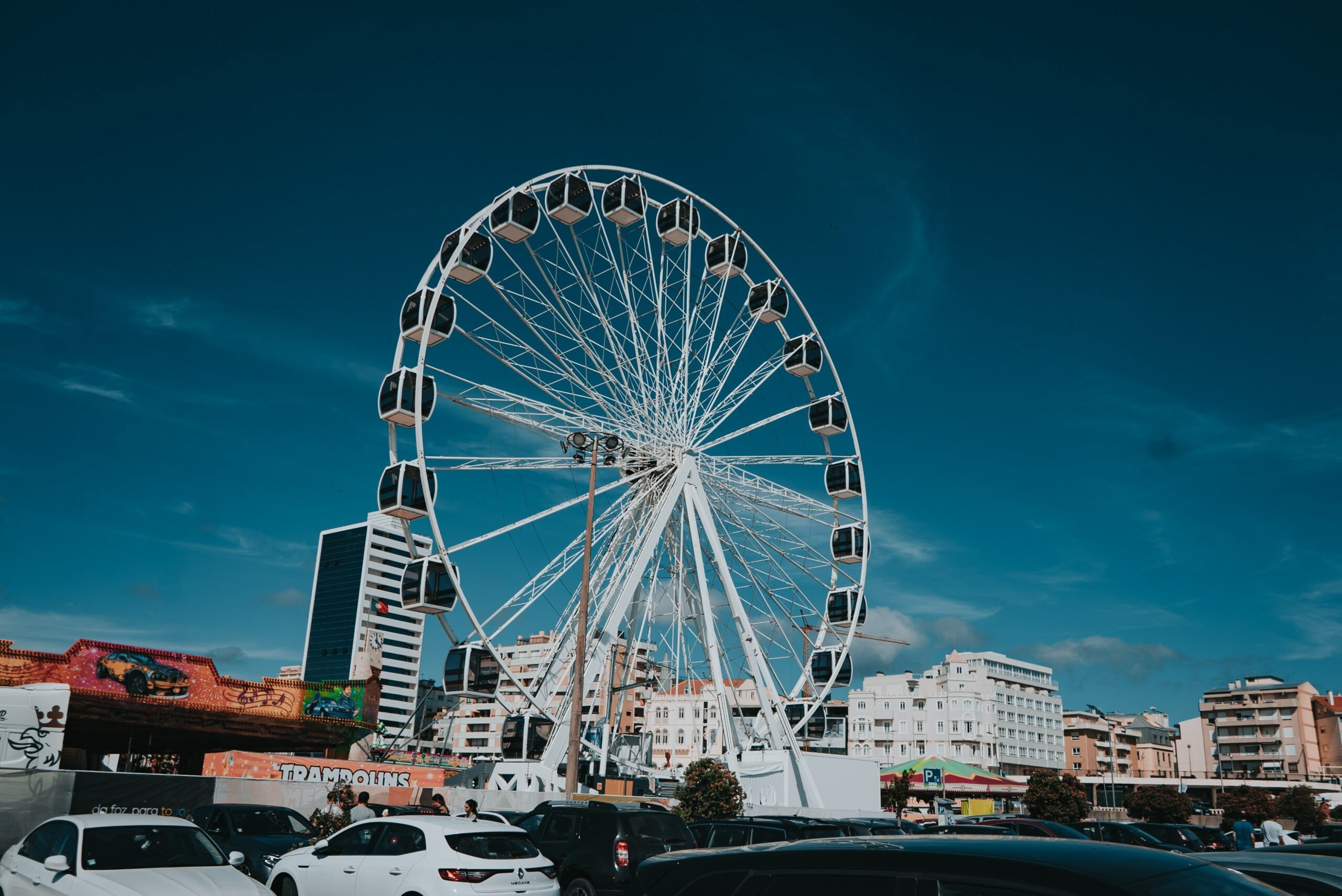
Located in the Boa Viagem Forest Park, the original tower dates back to the 19th century and served as a lighthouse until the early 20th century. The building consists of a central tower and two longitudinal bodies and the initial design had a second-order Fresnel lenticular optic powered by olive oil.
The lighthouse is located just a few kilometers north of Figueira da Foz. And Figueira da Foz has the peculiarity of being virtually unknown to foreigners. But to the Portuguese it is known for three things: its 120-year-old casino, its kickass New Year’s firework displays, and its raging Carnival. It’s not exactly Vegas, but you’re bound to have a fun time while you’re there.
Considered the “Queen of the Silver Coast” due to its long beaches, tourism is indeed one of its main economic resources and is one of the main tourist centers in the country, surrounded by the Atlantic Ocean, the Mondego River, and the densely wooded Boa Viagem mountain range, which gives it its unique characteristics.
One of the charms of Figueira da Foz is the beach with its striped wooden bars and its expanse of soft white sand. Known as “Praia da Claridade“, this vast stretch of sand was already favored by the aristocratic class at the end of the 19th century. Its 10 km-long waterfront promenade, with a river and seafront, allows for long walks or bike rides along the cycle path that runs along the banks of the River Mondego and the Atlantic Ocean.
PENEDO DA SAUDADE LIGHTHOUSE
The Penedo da Saudade Lighthouse, consisting of a 32-meter-high tower, which gives it an altitude of 55 meters, went into operation on February 15, 1912. One of the most significant periods in the lighthouse’s history was between March 1916 and December 1919, when it was switched off due to World War I.
This lighthouse is located in São Pedro de Moel, one of the most emblematic beaches on the central Portuguese coast, located on the border between the Leiria National Forest and the Atlantic Ocean. The town and the beach offer a fusion of sea, pine forest, history, architecture, and poetry, enveloped in an atmosphere of tranquility.
These characteristics, together with its privileged geographical location, give São Pedro de Moel a stamp of natural beauty and make it one of the most beautiful and attractive places in mainland Portugal. So much so that, as far back as the 14th Century, the king granted it as a gift to the noblemen.
Just a few kilometers further inland, you’ll find Marinha Grande. Fueled by the abundance of raw materials needed for its manufacture, firewood, and sand, this city has become the center of Portuguese glass and crystal manufacture, which bears the mark of the mastery of many generations of worker-artists in the production of unique pieces of renowned quality throughout the world.
CAPE CARVOEIRO LIGHTHOUSE
Located on the Peniche Peninsula a few meters from the Church of Nossa Senhora da Vitória, this quadrangular masonry tower lighthouse with a beautiful red balcony overlooks the Atlantic 57 meters from the shoreline. This lighthouse is one of the few Portuguese lighthouses ordered to be built by the Pombaline decree of 1758 and its history dates back to 1790, when it first shone its light over the sea of Peniche.
Peniche and the sea are inextricably linked. It is one of Portugal’s largest traditional fishing ports and a major Atlantic center for maritime tourist activities. In addition to fishing, which has naturally always been one of the population’s sources of income, Peniche is also known for the art of bobbin lace, which the women dedicated themselves to perfecting while the men were at sea.
Before heading to the beach, a visit to Peniche should include a walk through the historic center. In addition to the Sanctuary of Nossa Senhora dos Remédios, the Churches of São Pedro, and Misericórdia, the highlight is the Fort of Peniche, built in the 17th century to defend the coast.
It was important to Portugal’s history at various times, but it’s important to note that its most recent contribution was as a political prison during the Estado Novo, where some of the most important public figures in the resistance to the regime were held.
BERLENGA LIGHTHOUSE
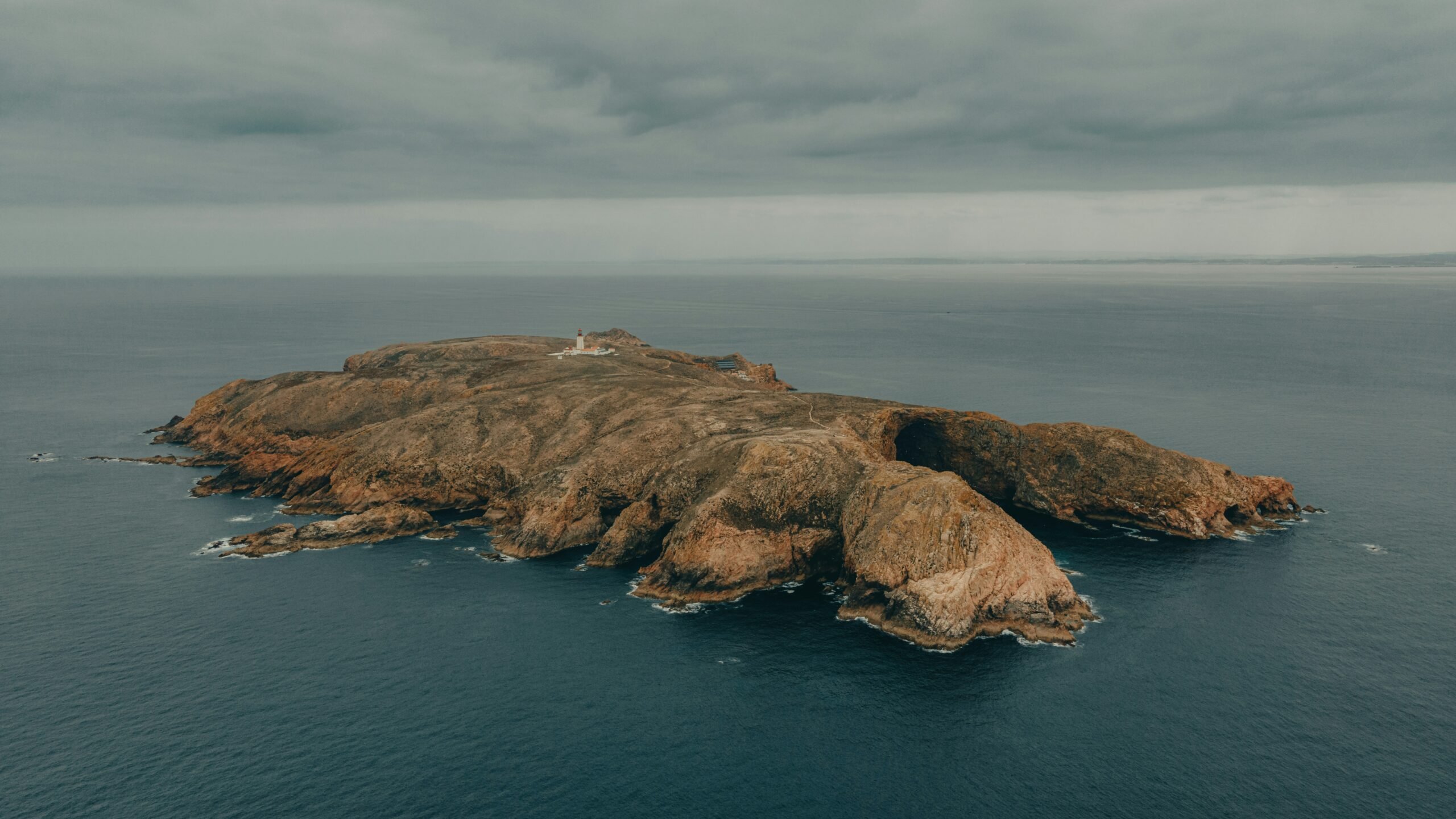
Now, to visit this one, you’ll need to park your car and put your road trip on hold for a bit. Head to Peniche’s port and hop on a boat headed to the Berlengas islands, which is where you’ll find this next lighthouse. I promise you, the boat ride might be a bit bumpy, but it’s well worth it.
The Berlengas are an archipelago of granitic islands located 15 km off the west coast of Peniche. The archipelago is made up of 3 islets: Berlenga Grande, Estelas, and Farilhões-Forcados, but it is Berlenga Grande that stands out due to its larger size. Here you’ll find nature at its purest, landscapes that leave you speechless, and a sea watercolor that’s simply irresistible. It’s one of the best places for diving and birdwatching in Portugal.
The confluence of the Mediterranean and Atlantic climates has created a unique ecosystem in the world with characteristic fauna and flora, together with geomorphology distinct from that of mainland Europe, in the Berlengas Islands. The fauna and flora are unique, which makes the Berlengas a biological heritage of high conservation interest.
CAPE ROCA LIGHTHOUSE
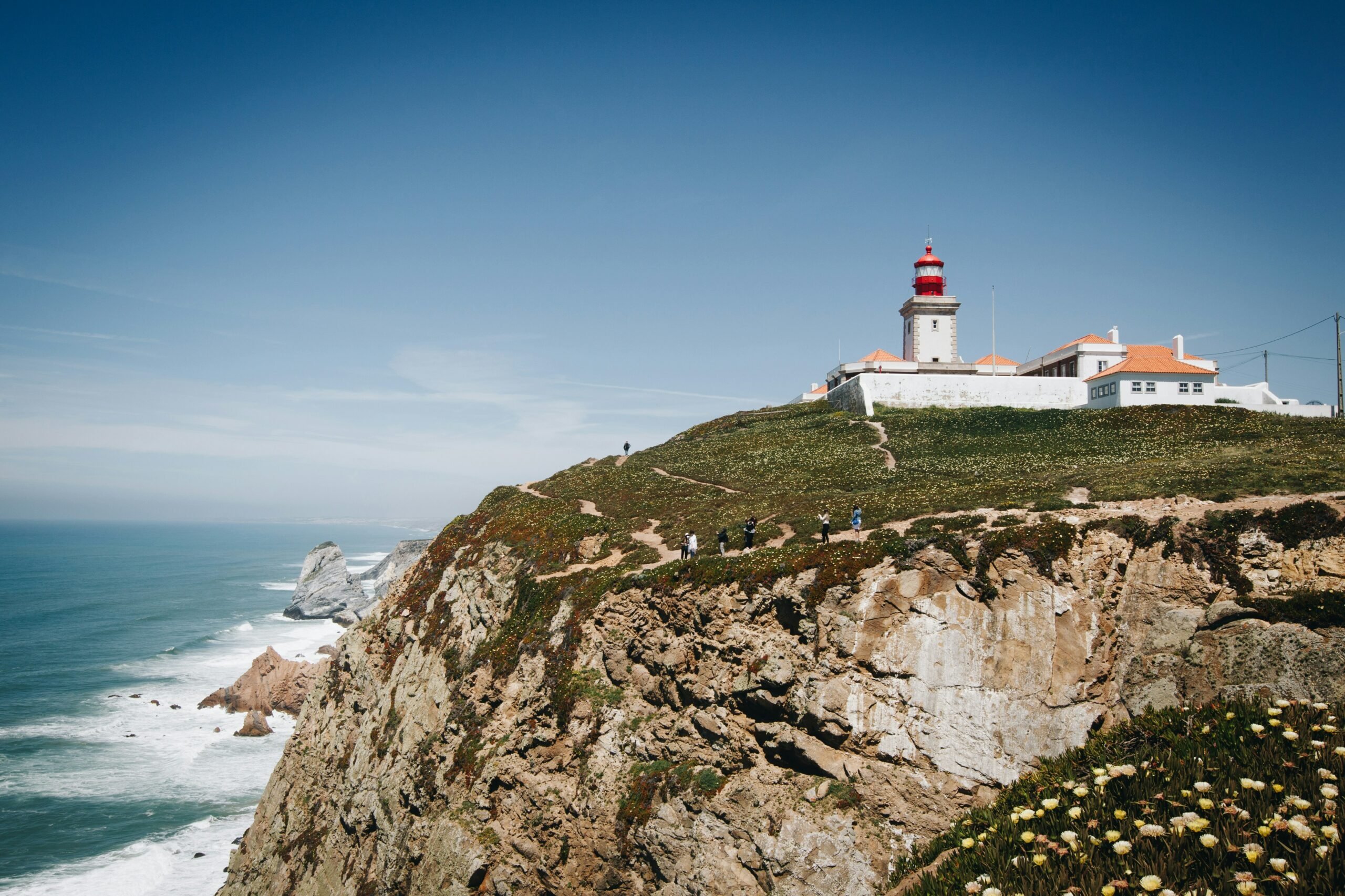
Cabo da Roca is the most westerly point on the European continent, located at the end of the Serra de Sintra, and one of Portugal’s most emblematic sites. Dating back to 1722, it consists of a 22-meter-high tower and its light has a luminous range of around 26 nautical miles, approximately 48 kilometers.
Sintra is a town located to the west of Lisbon and in the center of the Serra de Sintra, in a region of pine-covered hills. The slightly milder climate than the capital attracted Portugal’s nobility and elite, who built exquisite palaces, extravagant residences, and decorative gardens there.
The variety of fascinating monuments and historic buildings make Sintra a highly regarded tourist destination. Most travelers follow the popular route of a day in Sintra, which includes visits to the National Palace, with its Gothic architecture, the ruins of the Moorish Castle, and the splendid Pena Palace.
However, to fully discover Sintra, you should also visit Quinta da Regaleira, the grand Monserrate Palace, and the austere Capuchos Convent.
CAPE ESPICHEL LIGHTHOUSE
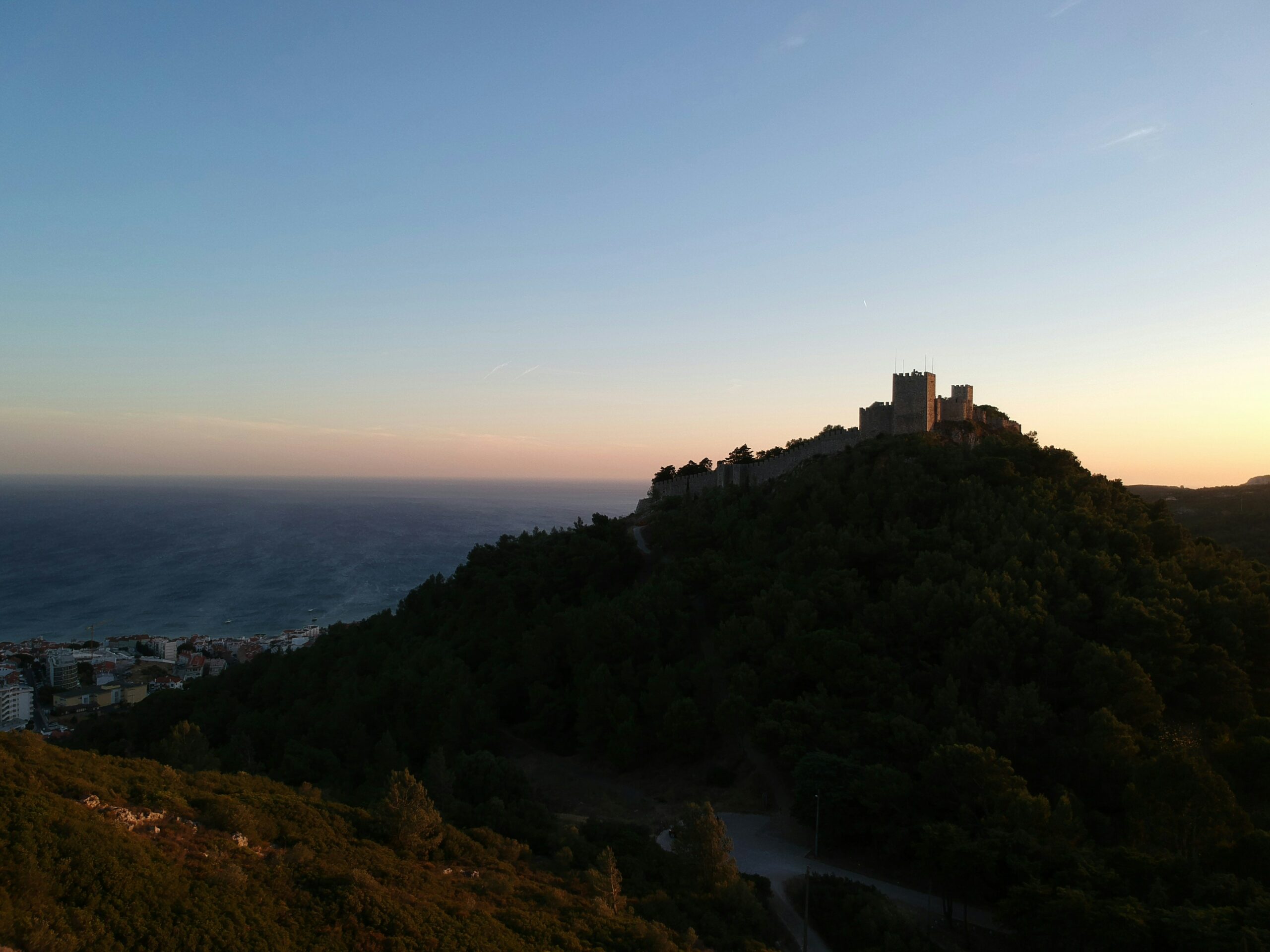
At an altitude of 168 meters above sea level, the Cape Espichel Lighthouse has a light range of approximately 48 kilometers and produces a white light that emits three lightning bolts every 12 seconds. Don’t forget to visit the Sanctuary of Nossa Senhora of Cape Espichel, where dinosaur footprints can be seen on the cliffs.
The cape is located near the picturesque fishing village of Sesimbra, situated next to a sheltered bay, on top of the hill, around the Moorish castle which is now a must-visit point from where you can admire a truly breathtaking view of the village and the sea.
It was the wealth of fish in the Sesimbra Sea that led the population to come down from the top of the hill and move to its surroundings, turning the town into one of the region’s main fishing ports.
Special mention should also be made of the excellent regional cuisine, in which seafood and fresh fish are the main ingredients, and which can be enjoyed in the many restaurants here.
CAPE SARDÃO LIGHTHOUSE
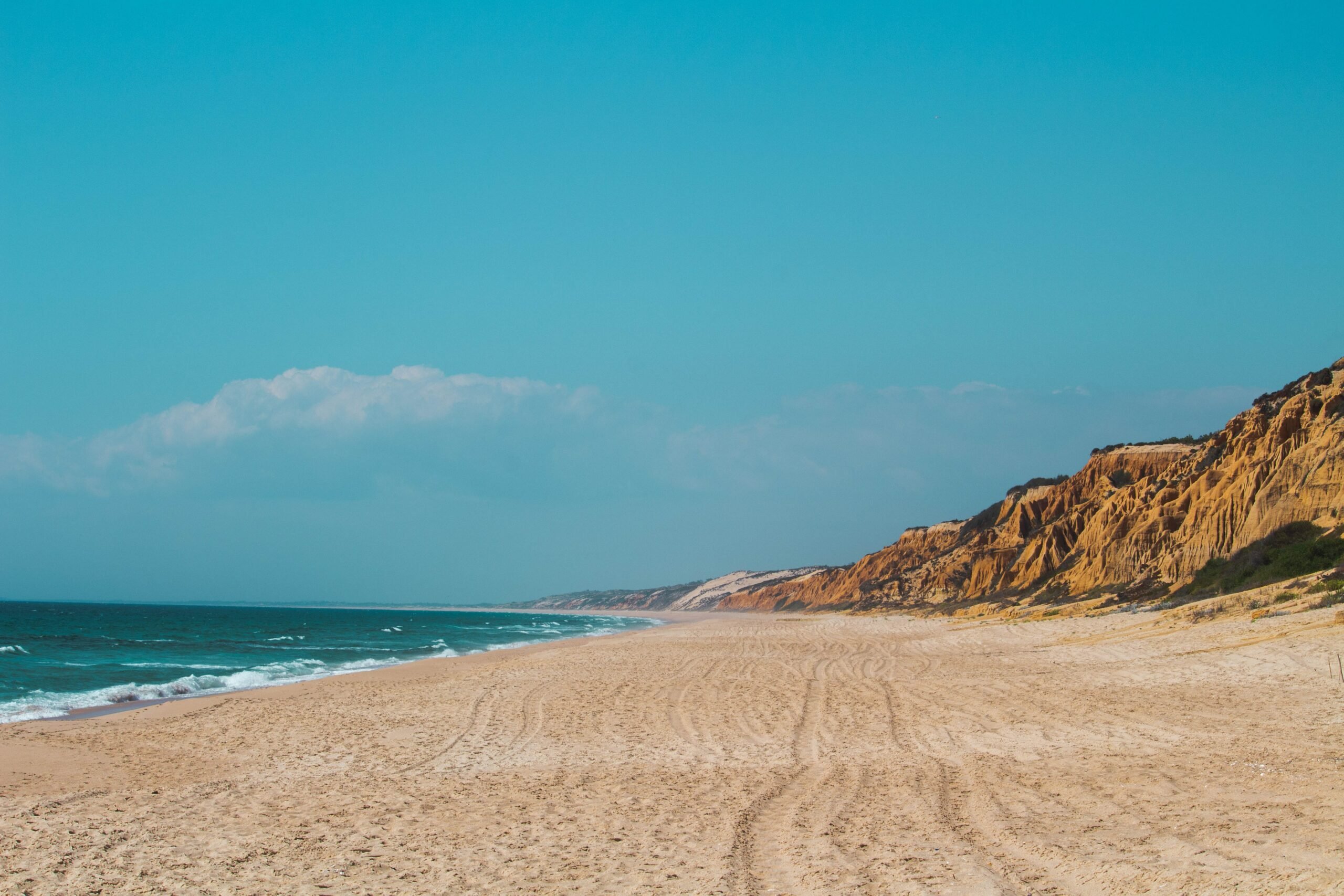
This lighthouse has a special place in my heart because it was the first one I ever visited, back when I was a kid, during Summer vacation. I was fascinated by its 17-meter-high tower and I loved to climb all the way up to learn how its mechanisms work. I distinctly remember the sun setting on the horizon and seeing the light being turned on.
If you look at a map, you’ll quickly realize that there are no big cities around this lighthouse. In fact, there are barely any towns or villages, so make sure you come prepared. But the great thing is that the lighthouse is located in the Southwest Alentejo Natural Park, an incredibly beautiful and peaceful location.
The daytime breeze makes you forget about worries, rushing around, and bad moods. Here, everything is relative. All that matters is the communion of the senses. The overwhelming beauty and intoxicating peace will “force” you into introspection, an abandonment of the superfluous, and an easy search for happiness.
CAPE OF ST. VINCENT LIGHTHOUSE
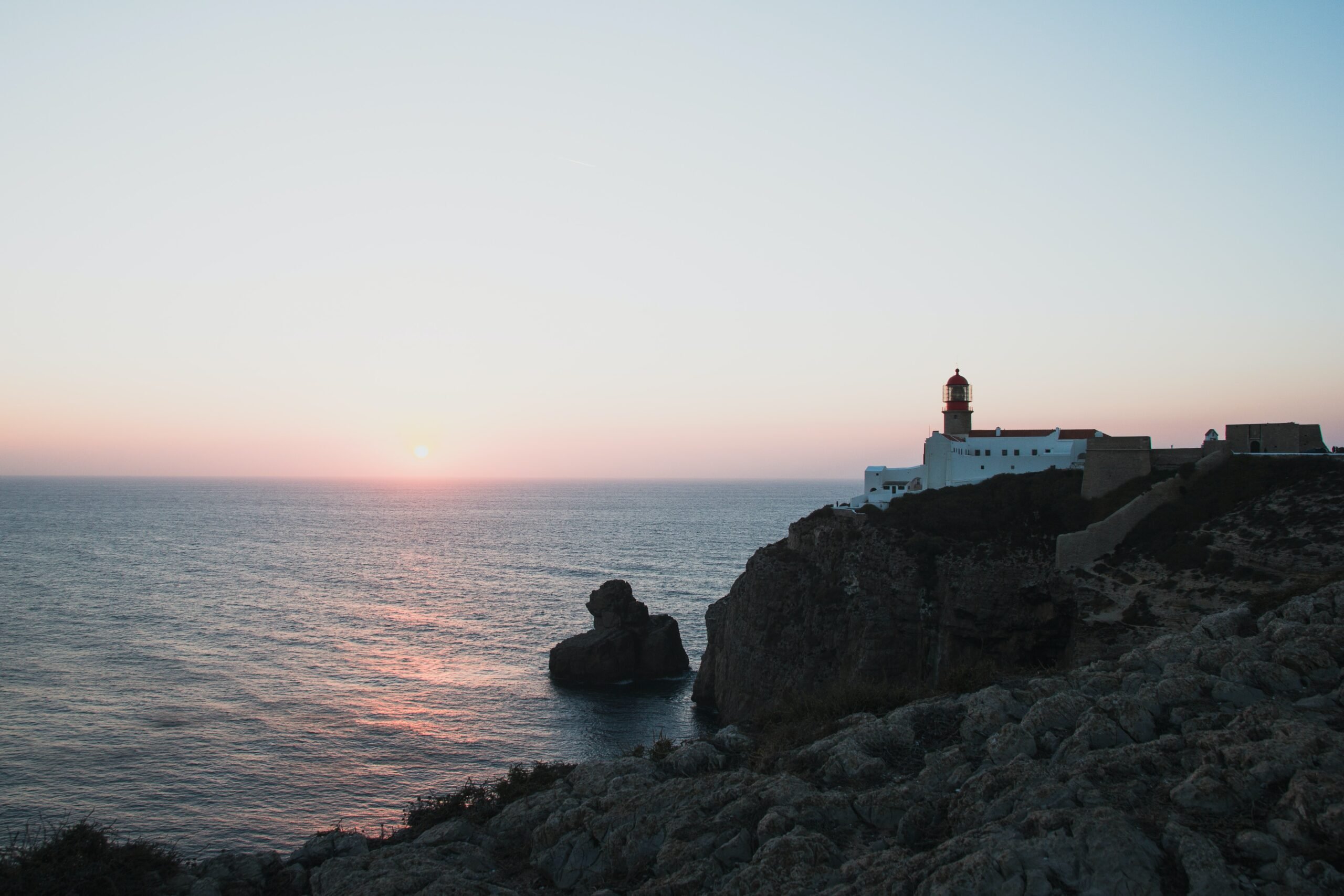
If you like to have neatly brushed hair, you might want to skip this one, as it’s probably the windiest place I’ve ever been to. It’s actually a pretty cool location too because the lighthouse itself is located in the same complex as the fortress of Sagres and the Corvo Convent.
Sagres, which is located at the crossroads between the Mediterranean Sea and the Atlantic Ocean, has been a port for fishermen and traders from various nations since time immemorial, but it has also been plagued by corsairs. It is the embodiment of the Portuguese sense of discovery.
The policy of Portuguese expansion in the 15th and 16th centuries led to the foundation of Vila do Infante. Thus, Vila do Infante and Sagres are intertwined in the course of time. It is a place of memory where nature, the sacred and man have always combined in a symbiotic way, generating religious cults and historical, political, and tourist myths, making it well worth a visit.
ALFANZINA LIGHTHOUSE
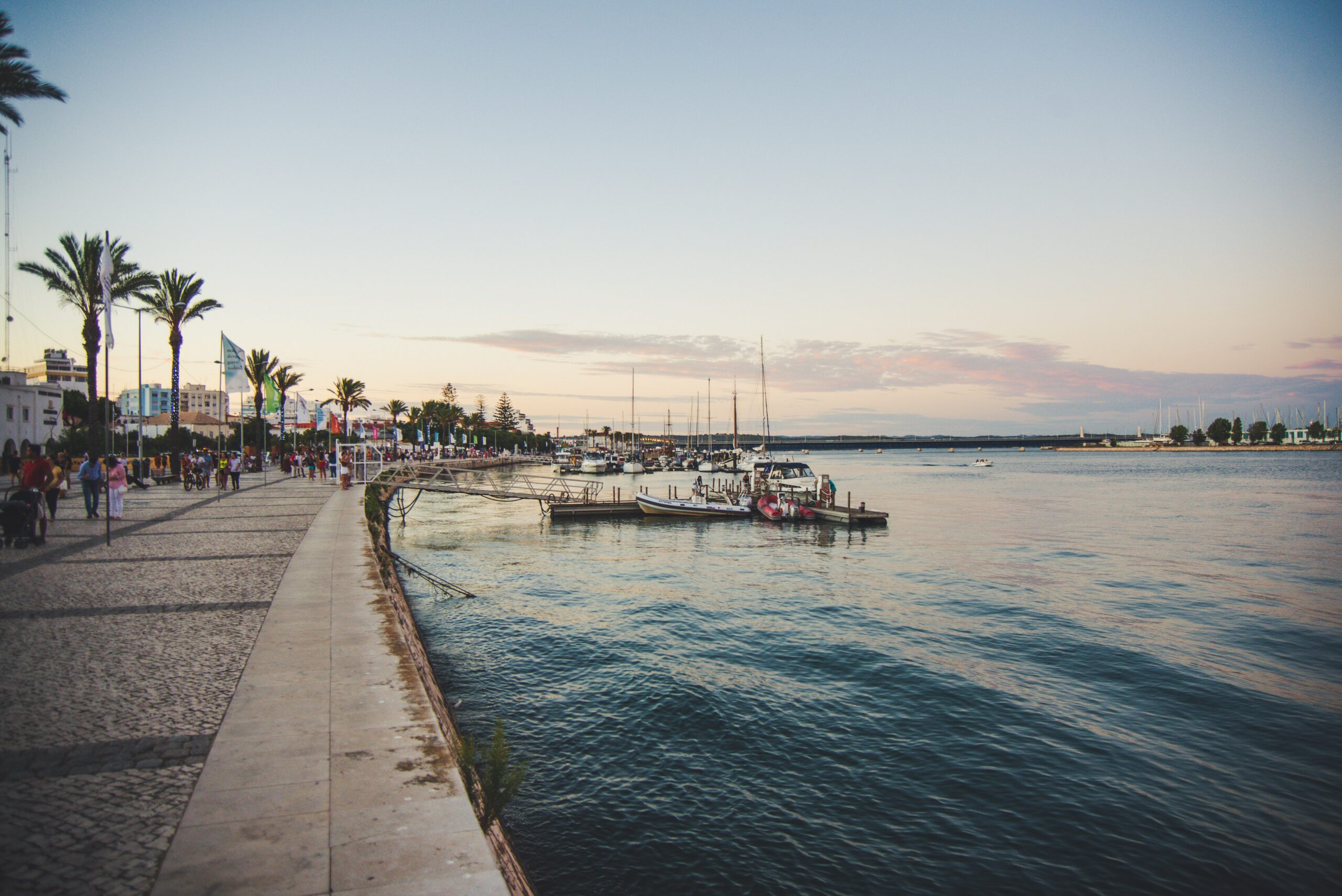
The Alfanzina Lighthouse consists of a white, quadrangular masonry tower with an attached building, topped by a red cylindrical lantern. It’s located in a prime location because it’s right between the major beach destinations of Portimão and Armação de Pêra, and quite close to the cool town of Lagoa.
Portimão, with its picturesque turn-of-the-century historic center, the photogenic Arade Estuary, the trails along otherworldly cliffs, the superb views from the belvederes, the natural silence of the lively Ria de Alvor, the hot summer evenings wandering along the Passeio da Ribeirinha or in the Marina, ending with bar-hopping on Avenida Tomás Cabreira, is an absolute must.
In Lagoa, you can visit what has already been voted one of the most beautiful beaches in the world, the Marinha beach, or one of Portugal’s most famous caves, the Benagil caves. You can also hike over the cliffs, along the 7 Hanging Valleys, a route that has already been voted the best in Europe for walking.
SANTA MARIA LIGHTHOUSE
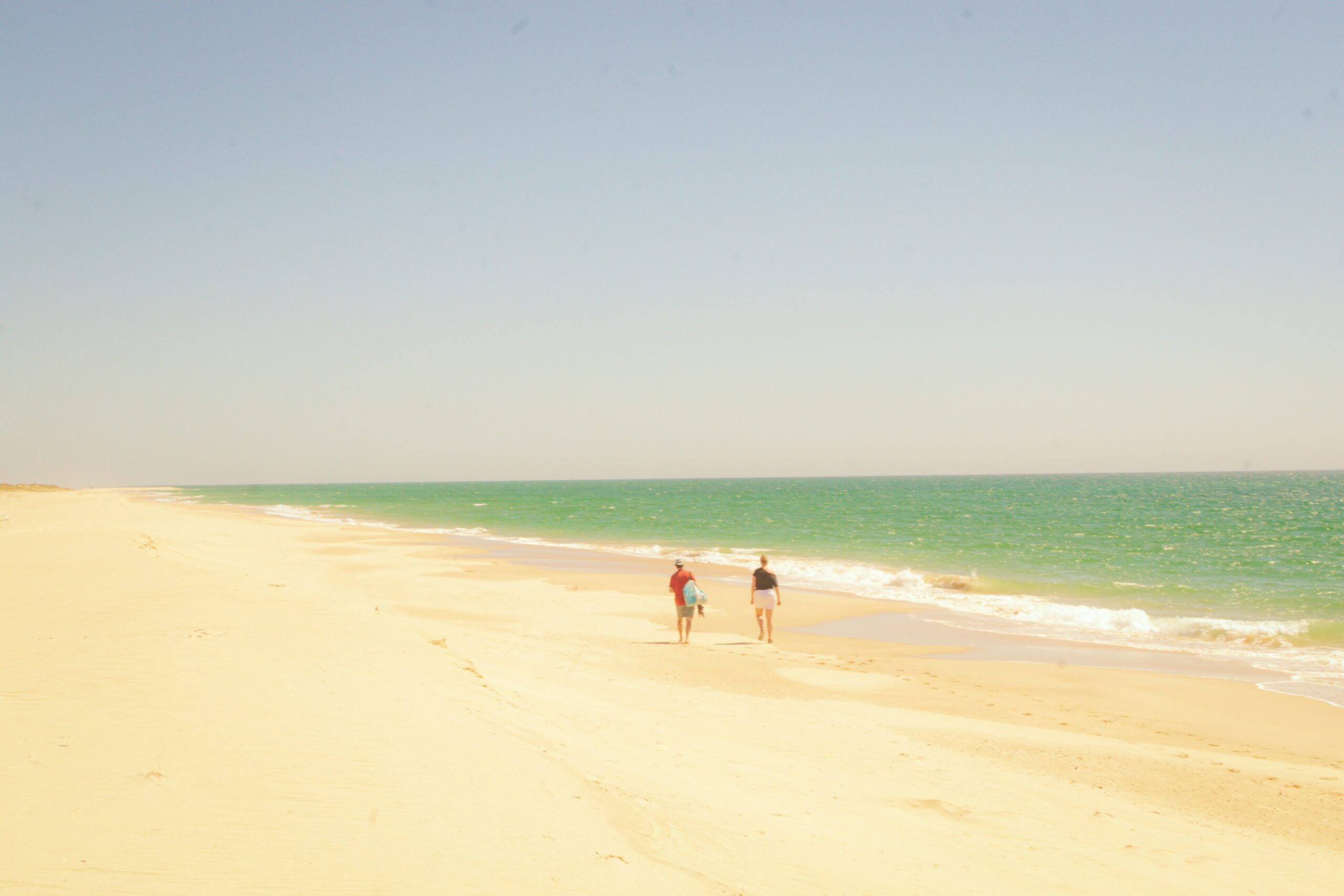
The Santa Maria Lighthouse, better known simply as “Farol“, is located at one end of Culatra Island in Faro, which the locals call Farol Island. There’s a boat that takes you specifically to Farol and another to Culatra from Olhão.
Let me tell you that this is one of my favorite spots to relax and sunbathe in Portugal. The island has a village full of white, blue, and yellow houses built by the local fishermen that give it a very charming look. There are restaurants on the island and the fish and seafood are divine, so make sure you don’t skip lunch!
After that, don’t forget to visit Faro, the third most important city in the country, but its monuments and downtown are still a bit underappreciated by the tourists who usually just rush to the beaches around the city. A night stroll through downtown Faro during Summer is a great way to recharge your batteries.
VILA REAL DE SANTO ANTÓNIO LIGHTHOUSE
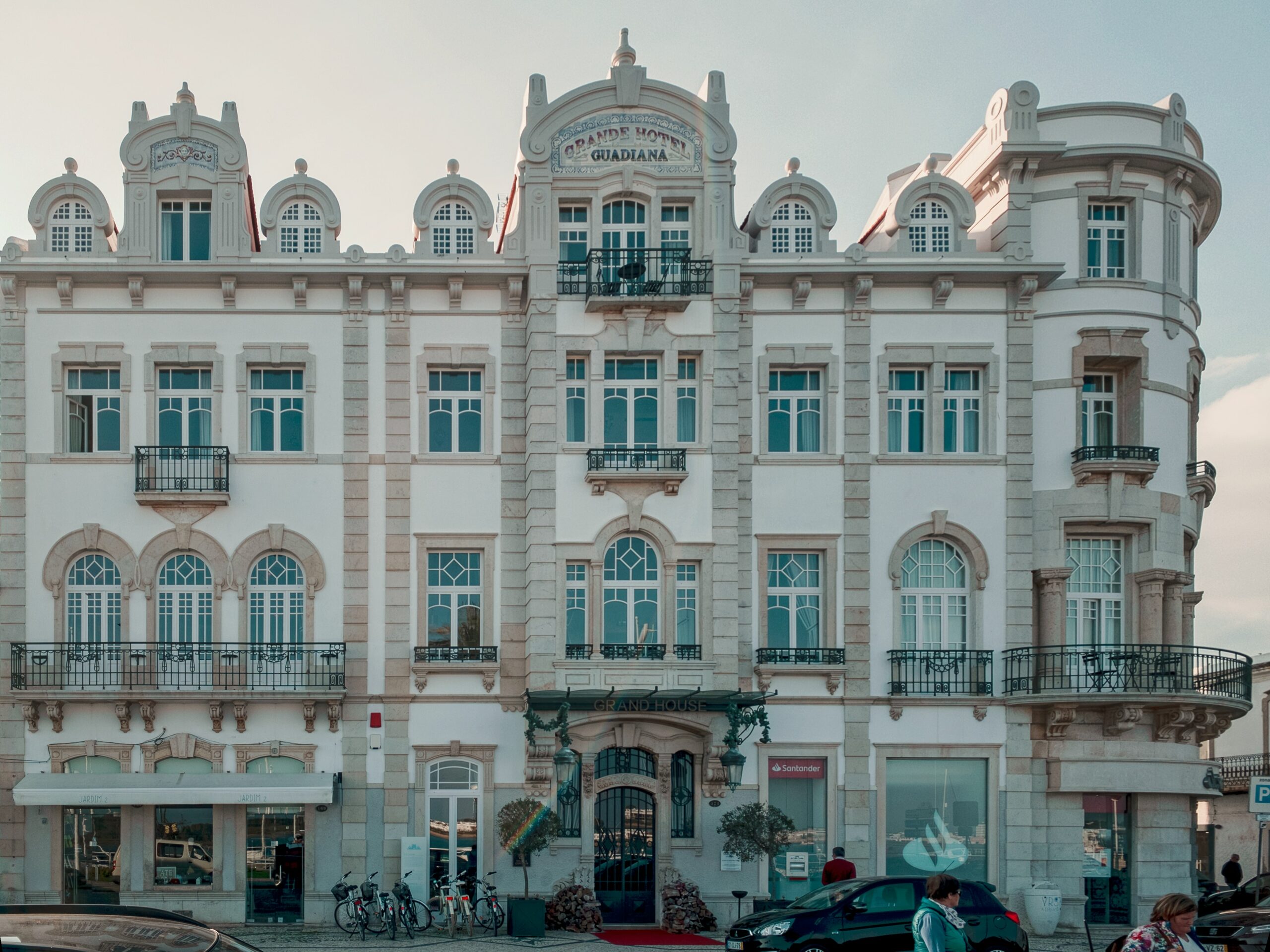
Ah, and here we are, our last stop. With a 46-meter tower, a staircase with more than 220 steps, and a range of 48 kilometers, this lighthouse is a landmark on the east coast of the Algarve and still serves today as a reference point for ships navigating in Portuguese and Spanish waters.
The long-named town where the lighthouse is located was founded in 1774, by the express will of the Marquis of Pombal, near the mouth of the Guadiana. The city is an important historical testimony due to the fact that it was built from scratch in just two years, and the neoclassical layout of Lisbon’s Baixa Pombalina was followed, by a series of straight, perpendicular streets.
And, with the Spanish city of Ayamonte just a bridge away, Vila Real de Santo António, with its warm and calm waters, away from the crowds of central Algarve, feels like the perfect place to sit on the sand and enjoy the end of this trip that took us across the whole country both vertically and horizontally.
LAST THOUGHTS
So, what did you think of Portugal’s lighthouses? Did you notice how different they all were? Which one became your favorite? Don’t forget that there are dozens more and, even if they’re not visitable, you can still appreciate them from the outside.
I hope this trip was worth your time. It’s a great alternative to the Nacional 2 road trip and a great way to discover the whole country while still enjoying the two things that made Portugal famous: the beaches and the food. But now that you’re in southeast Portugal, why not follow the Border Castles Road Trip all the way to the North?

